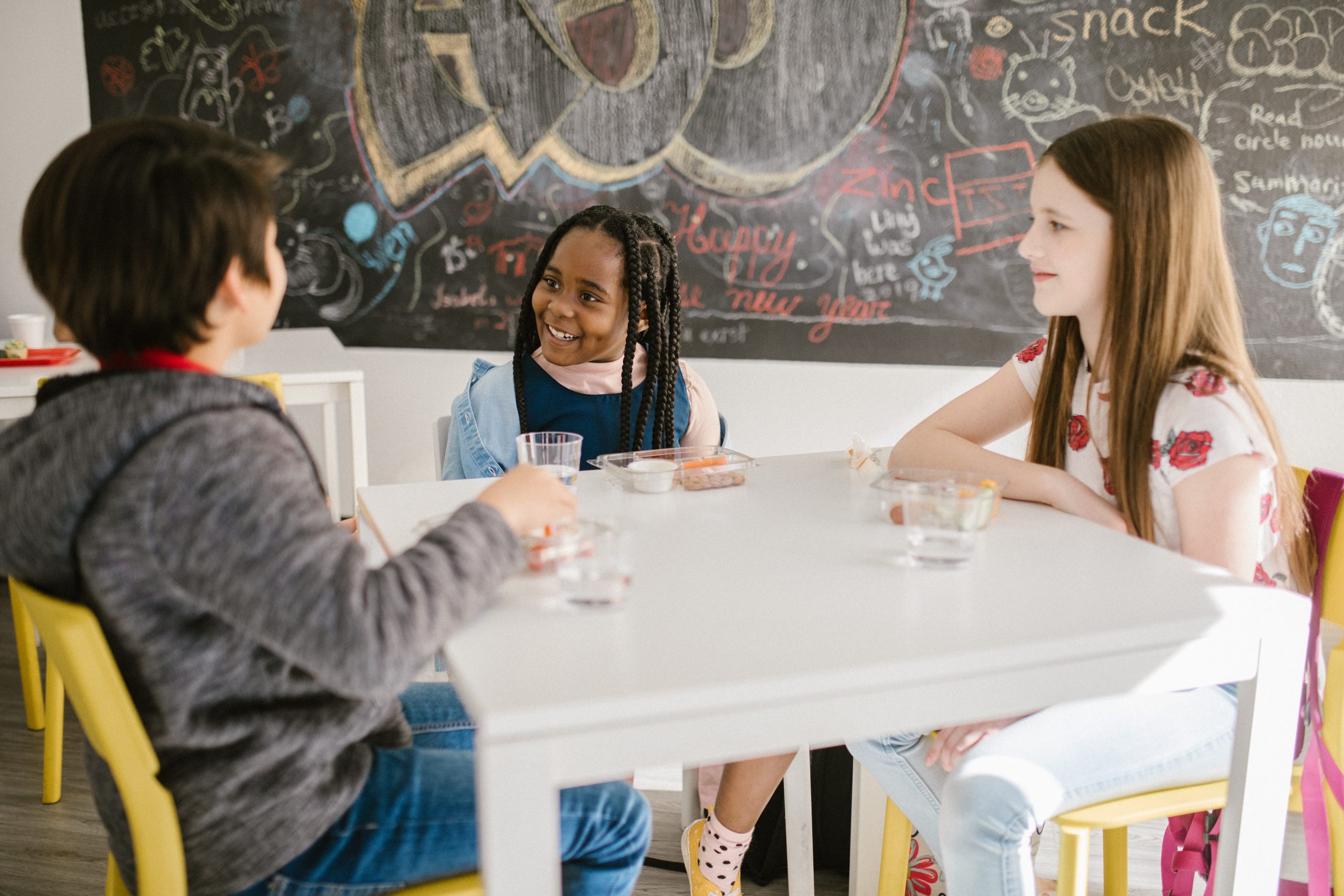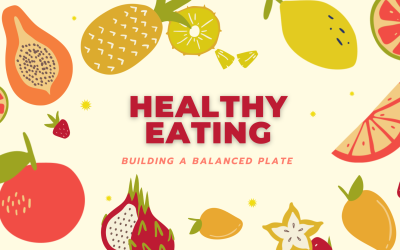Overview
Positive communication, through words and action, is an essential skill for daily living. With emphasis on social-emotional well-being, this 45-minute lesson will give your students the opportunity to learn, discuss, practice, and explore various methods of positive communication, rotating through 4 different stations spread around the corners in your room.
What You’ll Need
- Corner #1-4 signs (printed & posted – see below)
- Breathing Cards for Corner #1 (printed – see below)
- I – Messages handout (4-5 printed copies for center – see below)
- Book – Drawn Together (by: Minh Le & Dan Santat)
- Pencils
- Mirrors (1 large one or 3-4 small ones)
- Non-Verbal Charade Cards (printed and cut up – see below)
- I Wish You Knew…Sheet (photocopied for each student – see below)
- Chart Paper & Markers
Instructions
- Read Aloud – Drawn Together:Read a copy of the book if you have it or simply choose to view an electronic copy at: https://video.link/w/o4g4d . Discuss: Have you ever experienced challenges communicating with someone? What is positive communication and how can we practice it?
- 4 CORNERS: Take the time to explain each of the 4 Corner Activities (that you have set up before hand) ensuring that any questions about them will be answered before going to them. Divide students up into small groups and feel free to set a timer (7-8 minutes per corner) to ensure that students get to all four.
Corner #1 – Strategies for Self-Regulation
In order to positively communicate with others, I need to be able to be calm, thinking clearly, and aware of my own mental and emotional state. This corner provides examples of how to self-regulate and can be used at any time throughout our daily routines. Please set up the posters (see attached) to print and post in this corner for students to try out. Include the Chart and a pencil, so that students can vote on a favorite technique before moving on to the next station.
Corner #2 – Practicing I-messages
When we start our communication with the word “you”, the person we are talking to can feel defensive. They may feel like you are being mean to them and that you are wrong. When you begin with the word “I”, you are explaining your point of view. The other person is more likely to listen to what you are saying without arguing back. Using the mirrors, have students practice the I-messages and on a piece of chart paper provided (with markers), have students reflect on how changing you to I made them feel.
Corner #3 – Non-Verbal Communication
Act it Out! Approximately 93% of effective communication is nonverbal, while spoken words account for only 7%. Can your fellow students guess what is happening? Use actions to try and express the message from the message cards. Remember to stay quiet and communicate without using your words.
Corner #4 – Communicating Through Difficulty and Challenges
Have the Read Aloud – Drawn Together available to look (or hear or view) at this station. For Students: Think of a person in your life that you are having difficulty communicating with in some way – someone with differing opinions, someone who doesn’t seem to listen to you, someone you wish you knew better, someone who speaks another language, etc. – complete a copy of “I Wish You Knew…” with this person in mind. Draw, sketch, and write about what you wish they knew about you. After writing down your wishes, reflect upon how you could best communicate this to them. What is 1 simple action that you could do to try to communicate easier with them?
3. REFLECTION & NEXT STEPS: Gather together as a group and discuss each corner:
Corner 1 – review the chart and discuss the findings
Corner 2 – discuss how it felt to talk into the mirror and review the chart paper filled with student’s thoughts
Corner 3 – reflect on how quickly people could guess the gestures
Corner 4 – invite students to share their writings/drawings and their action plan (who feel comfortable doing so).
Re-visit our initial question: What is positive communication and how can we practice it? Have students add on to their original responses.
- CAREER MINDFULNESS: Positive communication skills are essential for our daily living but are also critical in the workforce. Using the following job titles, briefly ask students to reflect on how positive communication is KEY to being successful in these career fields:
- Carpenter, Dental Assistant, Marketing Consultant, Technical Support Advisor, Family Physician, Engineer, Social Worker, Wildlife Biologist, CEO, Video Game Developer
What groups of people do each of them need to communicate to? What might be consequences of NOT using positive and effective communication skills in these job roles?
- SHARE: Feel free to send us photographs of your class completing this learning activity via Twitter @NBCOE.
Possible Extensions:
- Create a Permanent Corner – for positive communication practice throughout the school year (have students add to it as they find what works best for them)
- Have students find other self-regulation techniques and share with the class
- Make a co-created chart of I-Messages and when students find themselves using one, have them put their name on the chart (add them up at the end of the year)
- Create a short video of positive communication tips for school-wide news, assembly, or for another class
Additional Read Aloud Suggestions
To view this activity in French click below:
NB Curriculum Connections
Personal Wellness 3-5
Mental Fitness – GCO 2: Students will develop a positive mental health
Relationships – GCO 3: Students will apply the knowledge, skills, and attitudes necessary to establish and maintain healthy relationships
Career Development – GCO 4: Students will develop knowledge of self and explore the world of work.
Literacy 3-5
GCO 1: Students will speak and listen to explore, extend, clarify, and reflect on their thoughts, ideas, feelings, and experiences.
GCO 2: Students will be able to communicate information and ideas effectively and clearly, and to respond personally and critically.
GCO 3: Students will be expected to select, read, and view with understanding a range of literature, information, media, and visual texts
GCO 6: Students will be expected to respond personally to a range of texts
GCO 8: Students will be expected to use writing and other forms of representation to explore, clarify, and reflect on their thoughts, feelings, experiences, and learnings; and to use their imaginations.
Physical Education
GCO 1: Students will develop competency in a variety of movement concepts and skills in a diverse range of activities and environments.




